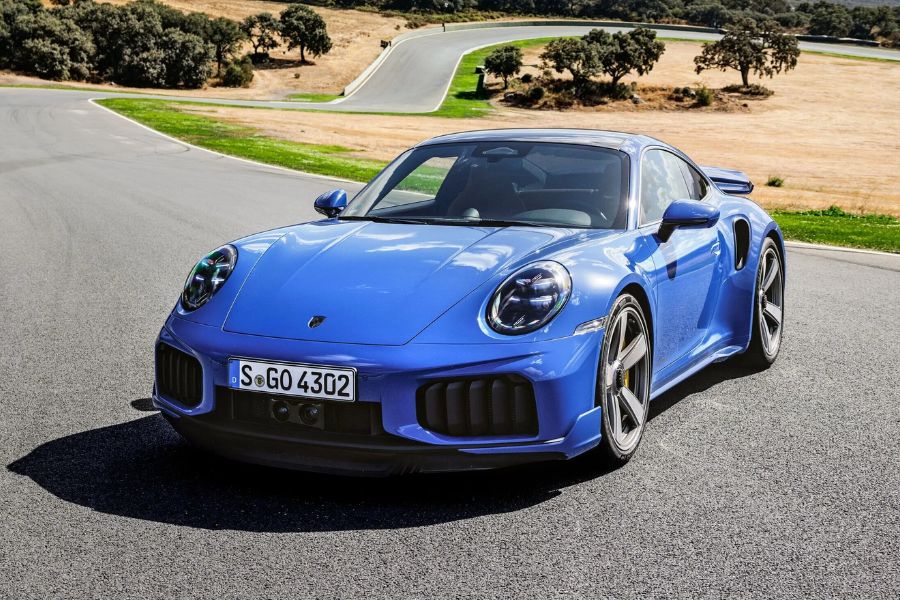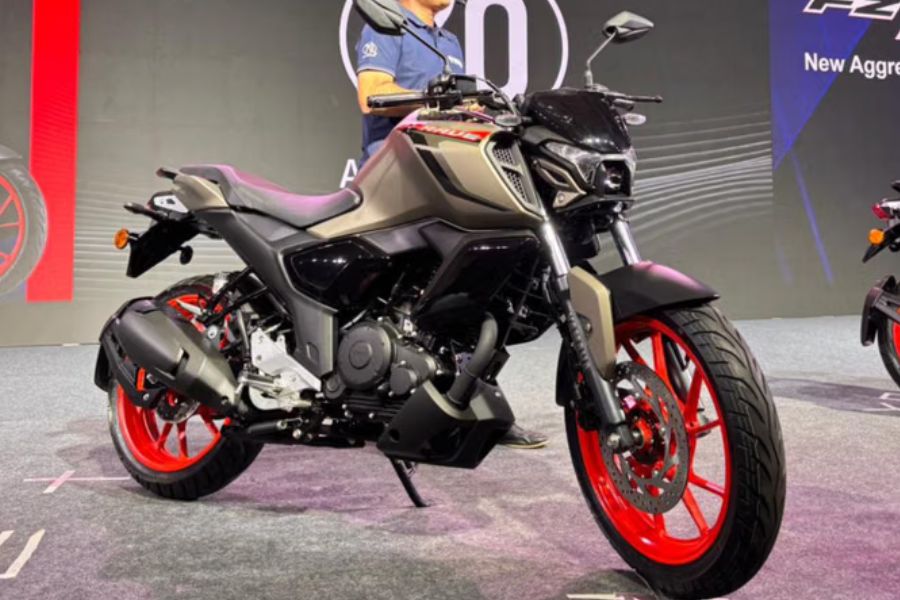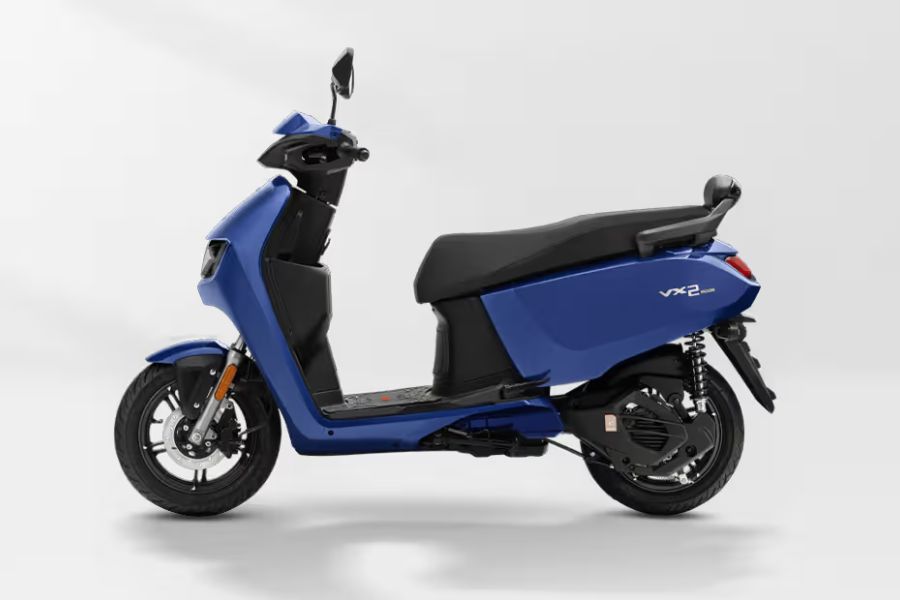Picture this: a place where travelling under 300kph isn’t just slow — it’s dangerous. A space built not for ordinary machines, but for metal giants descending from the sky at speeds usually reserved for the racetrack. This isn’t a public road, it’s a 3.7km-long runway, engineered to welcome the likes of Airbus A380s and Boeing 777s — wide-bodied jets touching down at nearly 290kph.
Welcome to the nearly finished Navi Mumbai International Airport (NMIA), a colossal engineering feat decades in the making. And how do you christen a runway of this magnitude? With a machine equally epic — the Lamborghini Revuelto.
A Beast Meets the Tarmac
Why the Revuelto? Because it’s not just fast — it’s currently the fastest production car in India. It’s a futuristic flagship for a future-ready airport. The Revuelto isn’t just a supercar — it’s a 1,015hp, all-wheel-drive, plug-in hybrid V12 hypercar with technology and performance drawn straight from the world of jet fighters. With three electric motors and a naturally aspirated 6.5-litre V12 screaming all the way to 9,500rpm, this is Lamborghini’s most powerful creation yet.
On a runway designed for 560-tonne aircraft, the Revuelto finally finds the breathing room it deserves.
Ready for Takeoff
I ease the car onto the runway in full EV mode — silent, eerie, and surreal. The only sounds are the low hum of tyres on tarmac and the wind sweeping across the expanse. Here, grip is traded for lift, and the sense of scale is unlike anything you’ll find on a road. The shimmering runway lights — red, green, white, amber — flicker through the heat haze, each one a coded message meant for pilots, now lighting the way for a lone hypercar.
“You break it, you buy it,” I’m warned. Each tall amber runway light costs ₹90,000 — a reminder that in aviation, even the small things come with big price tags. And yet, compared to airport economics, the Revuelto’s ₹12 crore price suddenly feels almost… modest.
Cleared for Launch
“Autocar 25, cleared for takeoff.” The crackle on the radio is all the confirmation I need. Drive mode? Corsa. Tyres? Checked. Launch Control? Forbidden — the airport doesn’t want rubber streaks on its pristine tarmac. I roll gently, then slam my right foot down. And just like that, we’re airborne in spirit.
The Revuelto catapults forward: 240kph, 270kph, 300kph — the numbers flash past. The active aero goes to work, the rear wing adjusting to clamp the car down. Unlike aircraft, this machine’s mission is downforce, not lift.
Then: 355kph. The digital speedometer blinks as the soft limiter steps in. The true top speed is about 350kph, limited not by the powertrain, but by tyre constraints. Incredibly, this happens in under 2km — leaving over 1.5km to come back down to Earth. With brakes the size of dinner plates, the Revuelto decelerates with aircraft-like precision.
It still has one gear left — eighth, a cruising gear. Seventh is where the magic happens, where peak revs meet peak torque. The Revuelto doesn’t just top out — it begs for more.
Pure Velocity, Pure Calm
What’s remarkable isn’t just the violence of acceleration. It’s the tranquility. This 45-metre-wide runway is a flawless stretch of tarmac, uninterrupted by potholes or traffic. There’s no fear. Just focus. At full speed, the Revuelto doesn’t feel fast — it feels correct. This is motion in its purest, most unapologetic form.
The soundtrack? A naturally aspirated V12 howling with every shift of the new 8-speed DCT, rising to a crescendo at redline. It’s mechanical opera. The acceleration? Relentless. The sensation? Like flying.
On this once-in-a-lifetime drive, the Revuelto isn’t a car. It’s a statement. A missile in a land of aircraft. A machine of the future on a runway built for it.
Engineering Marvel: The Runway That Hosts It All
This isn’t just a long strip of asphalt. It’s a Code F-compliant runway — designed for the heaviest aircraft on Earth. To make this dream real, entire hills were flattened, rivers rerouted, and power lines shifted. The scale is staggering. The ambition, even more so.
And before any jetliner makes its maiden landing, it’s the Revuelto that gets the honour of the first true blast down this high-speed corridor.
Talking Aviation: Q&A with NMIAL COO Prabhat Mahapatra
What’s the usual speed for aircraft here?
“Takeoff speeds are around 300kph; landings typically happen between 240kph to 290kph,” says Mahapatra.
What makes this runway world-class?
“It’s built for Code F aircraft like the Airbus A380, with a strength designed to accommodate the projected number of annual landings. Most of this area was rocky terrain, making the base incredibly firm. The runway has an Instrument Landing System (ILS) Cat II setup, supporting low-visibility landings down to 350 metres. It’s 3,700m long and 45m wide, with 15m shoulders on each side.”
How does a second runway help?
“At Mumbai’s current airport, the intersecting runways mean only one operates at a time. Here, both runways will function simultaneously. With the North Runway expected by 2029, the entire Mumbai region will have three runways between the two airports, enabling up to 100 aircraft movements an hour.”
How is NMIA better than the existing Sahar airport?
“Land constraints shaped Mumbai’s CSMIA terminal. Ours is linear, which means shorter walking distances, more travelators, and a smoother flow. We’re embracing tech — from Digi Yatra integration on day one to a Trusted Traveller programme that eliminates manual intervention. And yes, we’re building with sustainability in mind — solar power and mandatory EV usage from the start.”
What about regulatory compliance?
“Safety and security are paramount. We adhere strictly to DGCA and BCAS protocols. There’s no compromise when it comes to passenger safety.”
As the Revuelto rolled to a stop, its brakes hissing, one thing became crystal clear: this wasn’t just a test of speed. It was a symbolic passing of the torch — from sky to road, from dreams to reality.
When commercial flights finally take off from Navi Mumbai, they’ll follow in the tracks of a hypercar that flew without wings.
Read More:




